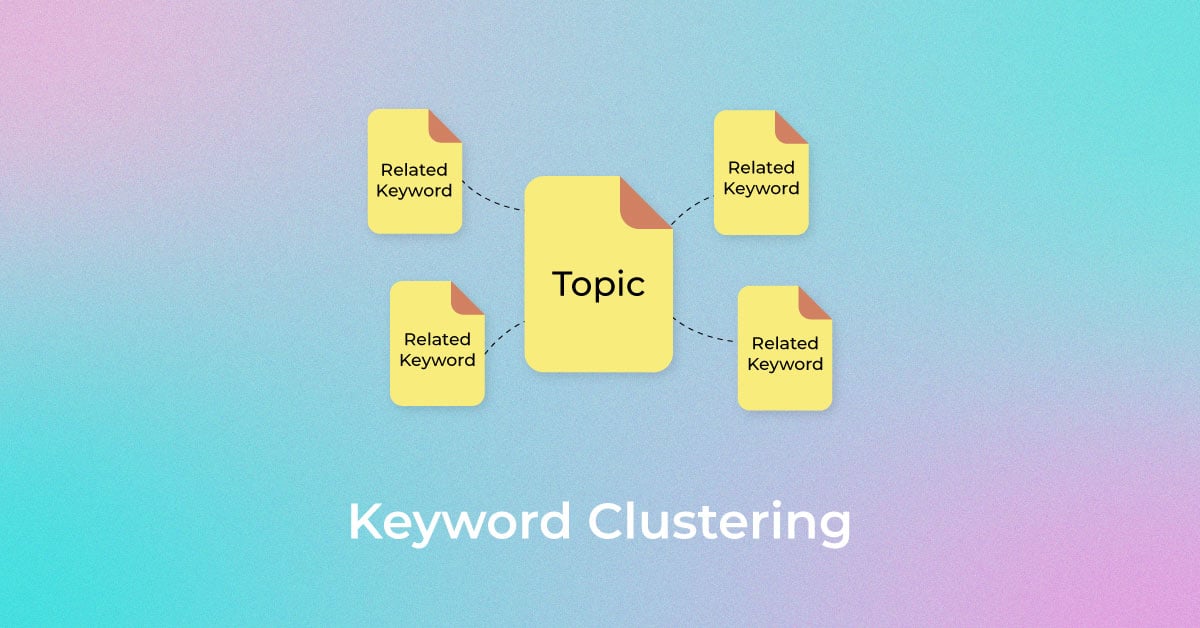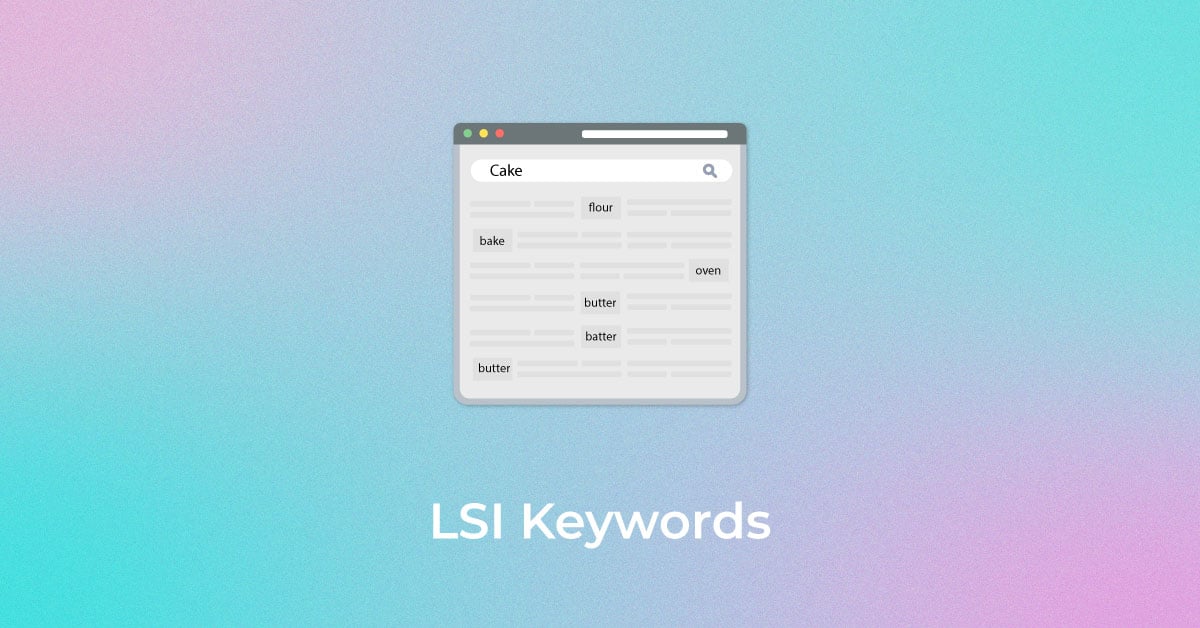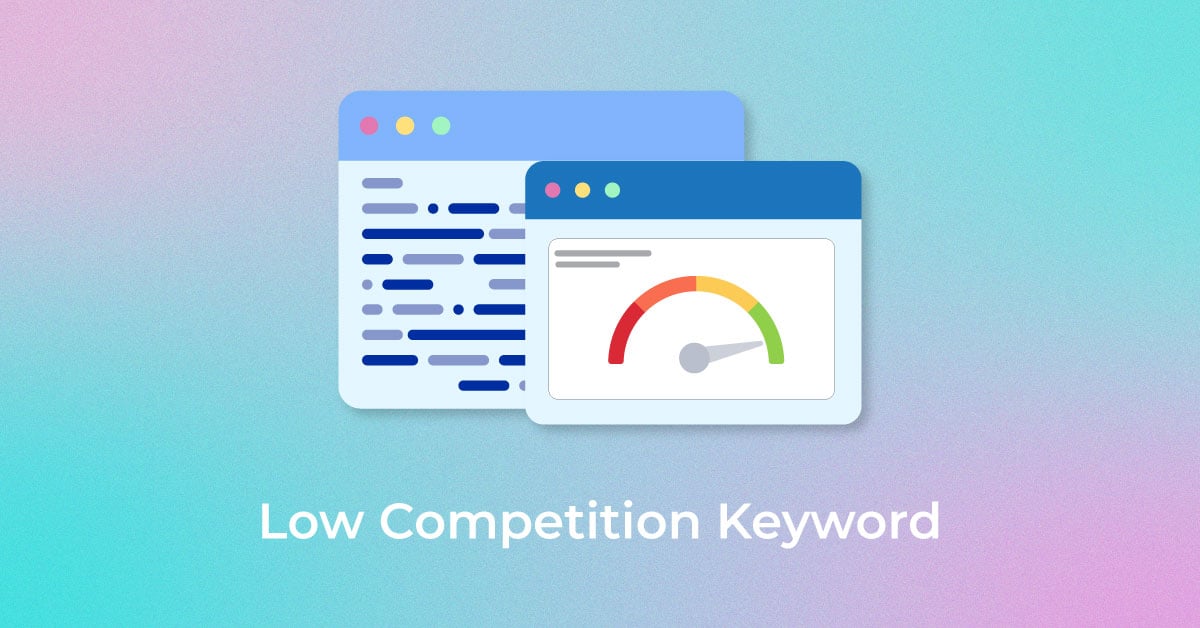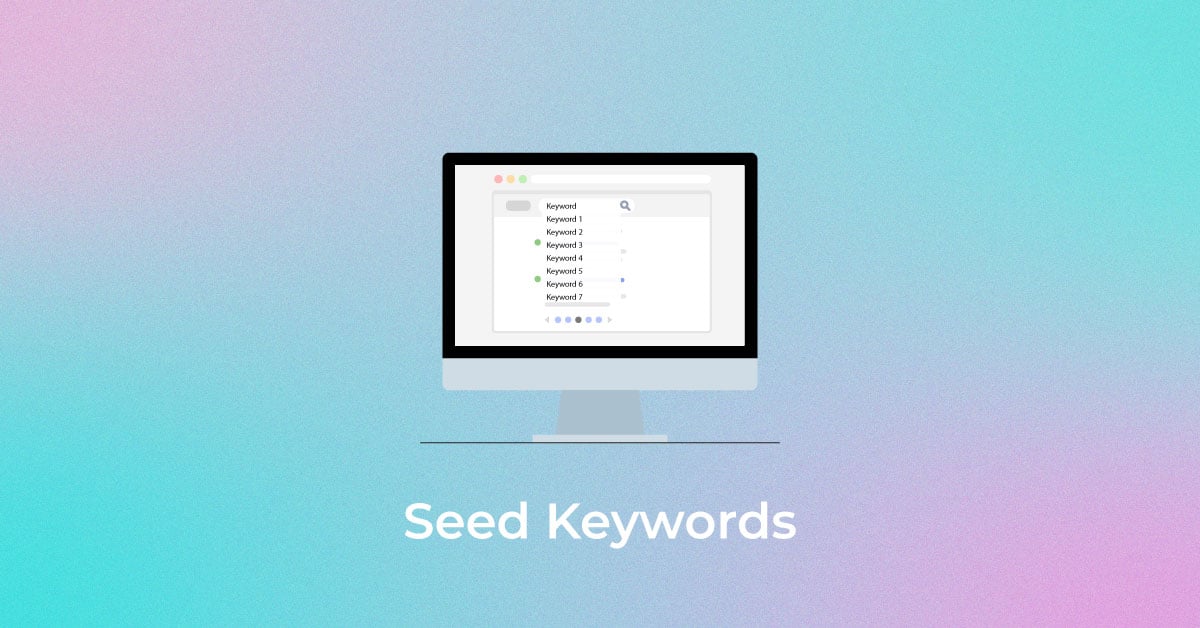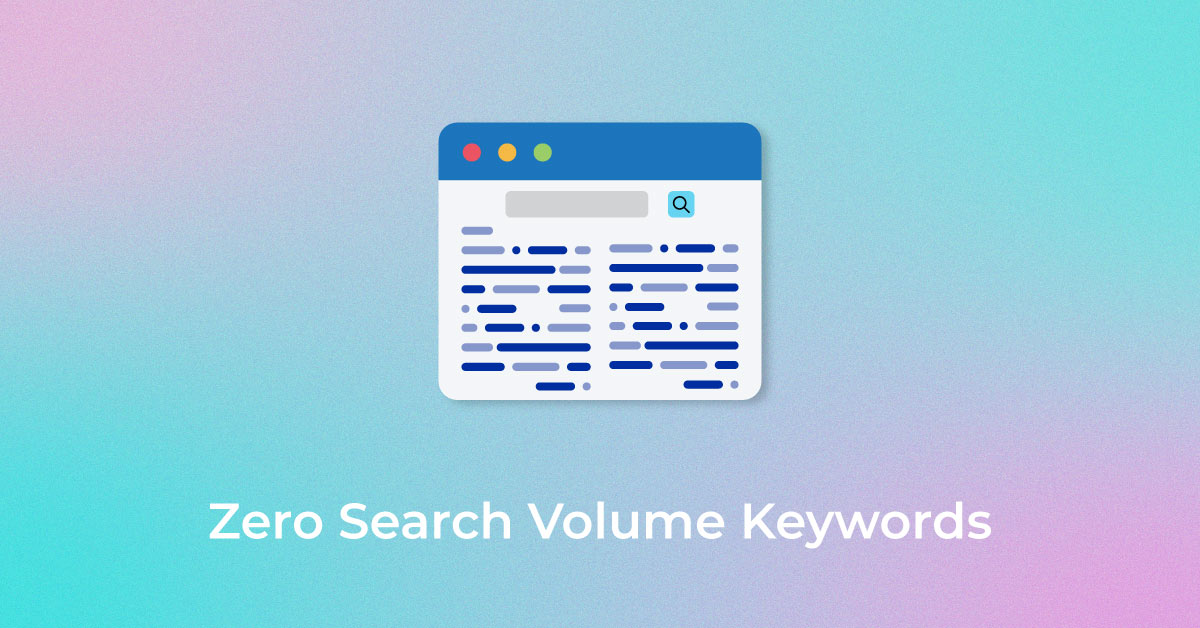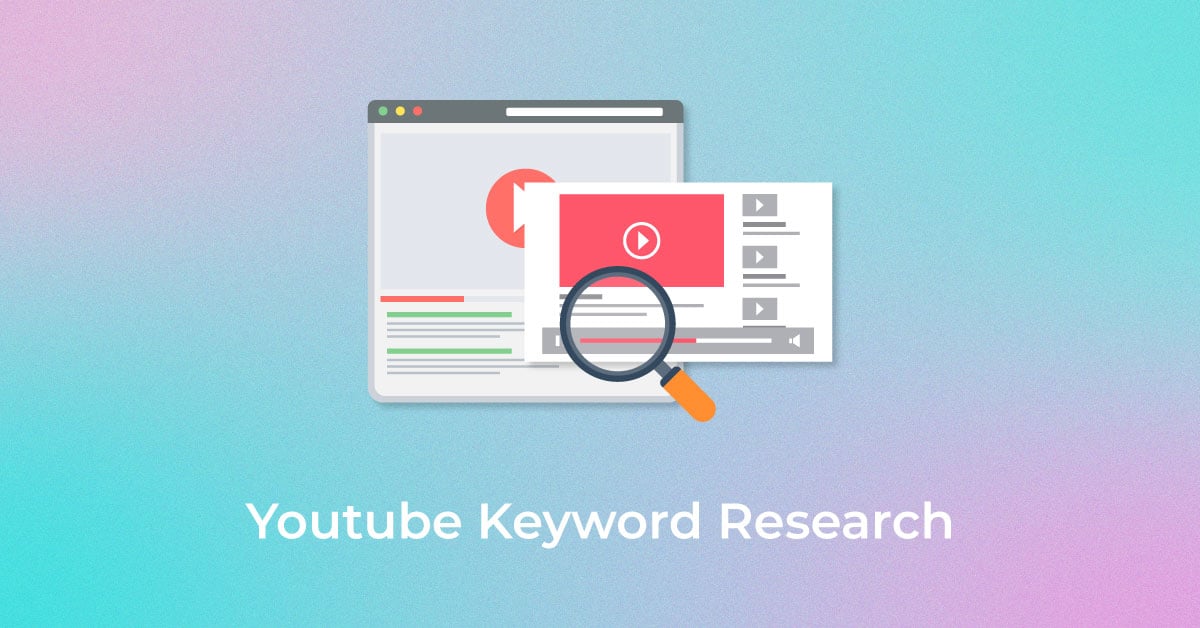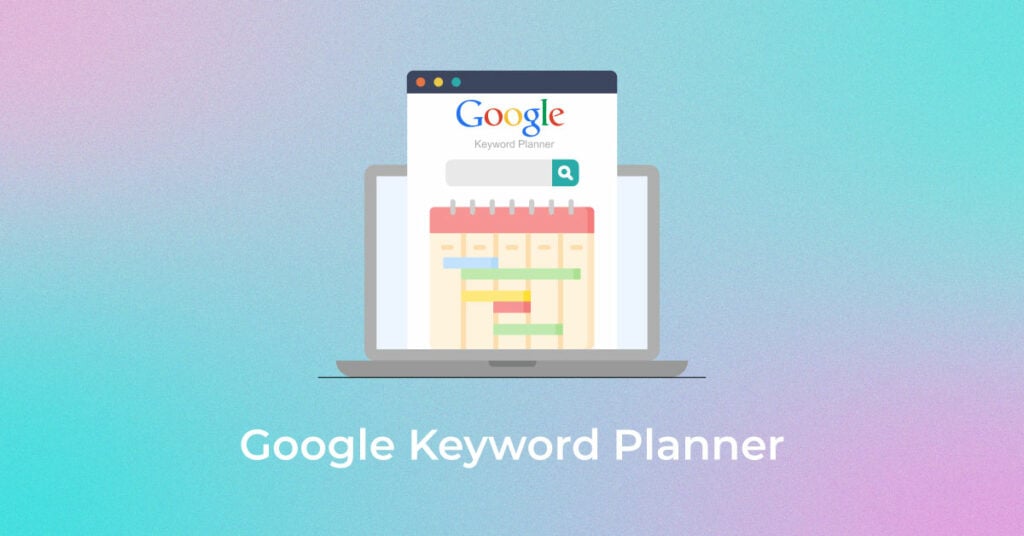Introduction on Google Keyword Planner
If you are attempting to drive traffic to your website or blog from Google, chances are you’ve spent countless hours devising a SEO strategy that can help you turn clicks into cold, hard sales. And no SEO strategy is complete without proper keyword research. Proper keyword research can help you find out what people are searching for, where they are searching from, and how they are phrasing their questions. But getting all this data usually involves using a host of tools and planners only to realize that not all of it is reliable or useful. This is where the Google Keyword Planner comes in.
What is a Keyword Planner?
Google Keyword Planner is a free tool that can help you access keyword suggestions and related metrics in one go. Initially known as the Google Keyword Tool, this planner once gave Google users access to everything – including exact monthly search volumes. Sadly, that’s not the case anymore and the search volumes it does show are so vague that SEO strategists have turned away from it over the years. While the search volumes it shows are abstract at best, the planner still has quite a few tricks up its sleeve.
How to Access the Google Keyword Planner
You do not need much to access the Google Keyword Planner. As long as you have a Google account, you are all set. With your Google account, getting access to the tool is as simple as going to the Google Ads page and clicking “Go to Keyword Planner.” While the planner is technically free, Google tends to make it seem like that you cannot access it without setting up an AdWords campaign first. When you try to go to the keyword planner, Google presents you with a question (“What’s your main advertising goal?”) and three options to choose from:
- Get more calls
- Get more visits to your physical location
- Get more website sales or sign-ups
While setting up the campaign may seem unavoidable at this point, there is a simple trick to avoid it and access the planner directly. Simply click the tiny, almost half-hidden “Experienced with Google Ads?” link available below the given options. In case you cannot find it, try widening your browser till the link pops up. Once you bypass the campaign setup, you will find a page with an option to “Create an account without a campaign.” Click it and submit the form. And that’s it! You are done creating an account.
Once you click on the “Explore your account” button, you will be able to switch to expert mode. From then on, every time you click on the Tools option on the menu, you’ll have access to a link to take you directly to the Google Keyword Planner.
How to Use Google Keyword Planner
Got your keyword planner access? Next, it’s time to learn how to use Google Keyword Planner. The planner gives you two choices to start with. You can choose to “Find Keywords.” This will help you with keyword research so you can reach people who may be interested in using your services or products. The other is the “Get search volume and forecasts”, which does two things:
- It lets you track the metrics of your keyword(s)
- It predicts of forecasts the performance of your keyword(s) in the future
Since both keyword research tools do not entirely function separately from each other, they’ll lead you to similar (but not the same) pages. The way these tools functions have been discussed in more detail below:
-
Discovering new keywords
One of the biggest reasons people use the Google Keyword Planner is to discover new, more relevant keywords for their businesses. You can enter a link, words, or entire phrases related to your business and the planner will draw up a list of short and long-tailed keywords for you to use.
Each search usually offers thousands of results in the form of relevant keywords. The planner will also show you the average monthly searches for each keyword, the competition, and the high and low range top of page bid. The best part is that it allows you to search not just words but whole phrases. You can technically search up to ten words and phrases at one go, along with one URL.
The keyword research planner makes for a powerful tool when you are working on the SEO of your content. But, as functional as it is, it is also true that Google’s planner offers a lot fewer (sometimes less than one-hundredth) keyword options when compared to other planners available out there.
-
Getting search volume and forecasts
The planner does not just come in handy when you are trying to discover new keywords. In case you already have a list of keywords and wish to find out how they would perform, the Google keyword planner has got you covered. You can simply click on “Get started” and get access to the Forecasts page that presents the metrics of your specific keyword.
This section will not show you any new keywords but will try and predict expected clicks and impressions for each provided keyword. It will show you the average cost, CPC (maximum and otherwise), clicks, impressions, costs, and CTR should you choose to use your list of keywords to advertise using Google AdWords in the next month.
But do not feel left out yet. Once you head to the “Historical Metrics” section, you will be able to access the twelve-month average search volume of the provided keywords. This data is similar to what you find in the keyword discovery section. Just in case you cannot access these averages, there may be a trick or two to dodge the restrictions Google places on free accounts. Before we talk hacks, let’s delve deeper into what these values and metrics that the Google AdWords keyword tool offers mean, especially when you are running an SEO and/or PPC campaign.
Google Keyword Planner for SEO
While the Google Keyword Planner is technically designed to help AdWords users set up campaigns, it moonlights as a powerful SEO tool whether you use AdWords or not. When creating the SEO strategy for your content, the planner can help you find and track keywords that can make your website rank for your business’s products or services. And it is as easily done as said.
Discovering relevant keywords
You can use the keyword planner to serve multiple purposes. While strategizing your campaign, you can use it to find the particular keywords and phrases your target audience is searching for and plan accordingly. Or you can use it to make your new content rank by using relevant, specific terms. To begin finding your keywords:
- Go to the “Discover new keywords” section. This is where you need to choose “Start with keywords.”
- When the planner prompts you to enter terms closely related to your business, you can enter products and services you offer to find relevant answers. You can also choose the language and location options here. This will help you find local keywords – which come in handy in driving traffic if you have a physical store set up somewhere. You can also enter brand names and filter them further by excluding products and services you do not offer. But it is best not to be that specific at this stage. Begin by entering the keyword (or multiple ones, separated by commas) and perhaps even a URL. It is advisable to use as loose and broad terms as possible here. This will help you find a higher number of related keywords that you can then make use of.
- Once you have submitted your keywords, you will be offered a page with a host of key terms that are sorted by their relevance. You will be able to see keywords related to the terms or phrases you entered. You will also be able to track average user searches for each keyword or phrase, the competition, low and high range top of page bid, etc.
- Now, it’s time to get more specific. Once you have got the overall keywords for the umbrella terms you provided, you can begin to narrow it down using more specific terms. For example, if you were searching for “grocery” before, now you add words like “organic” and “sustainable” or “locally sourced.” This will substantially reduce the number of keywords that the planner offers you. But these keywords will be more specific to the services and products your brand offers. This will give you better insight into the way your target audience is searching to strategize your content accordingly.
Note: Remember that apart from key terms, you can also enter URLs. This gives you the perfect opportunity to track your competitors’ keyword strategy to stay ahead of the game. You can use this competitor data to get new keyword ideas. Basically, have them do the work for you and reap the rewards.
Google Keyword Planner for PPC
If you are planning on launching a PPC campaign, the keyword planner is designed to offer you a host of data to help you make strategic decisions. The toolset lets you forecast and predicts your campaign’s performance beforehand, so you aren’t left shooting in the dark at any point.
Predicting Google Ads campaign performance
From the average costs to the click rate, the keyword planner can help predict how your campaign is expected to perform once launched. If you need the planner’s help to simulate the performance of your PPC campaign, here is what you would need to do:
-
Come up with a list of keywords
To forecast campaign performance, you need a list of keywords and phrases you plan on using in the campaign. You can, of course, take the planner’s help and use the “discover new keywords” feature to come up with this list. Or you can go ahead and create a list of your own. Going back to our previous example, if you are a store selling organic groceries, the campaign whose performance you wish to forecast could perhaps be targeting the inclusion of a newer and more exotic item to your menu. You can specify the key terms, like “exotic fruit,” “rare organic fruit,” accordingly. Once you have listed the keywords (or uploaded a .csv file), you can go ahead and prepare for the next step.
-
Analyze the data
Once you have submitted the key phrases and words, the planner will analyze and forecast the expected performance of your campaign. Since this data focuses solely on the performance forecast, it would not include any keyword ideas but instead track the metrics you already have provided. The insights – from clicks and impressions to cost, CTR, average CPC, and position – will help you simulate the campaign’s performance over 30 days from the moment of its launch. This data can prove invaluable in the planning stage since it offers businesses an insight into the expected performance before a single buck has been spent. This also allows campaign strategists to tweak plans to bridge gaps and address issues even before they occur. You can delve even deeper and use the “add conversion metrics” feature to understand the commercial aspects of the campaign.
-
Strategize the campaign
This data, while invaluable, is freely available to AdWords users. It can tell you what’s profitable and what keywords simply would not offer any substantial returns. It can go so far as to help you discover negative keywords, which, in turn, can help save money on the campaign launch. At no point during the campaign launch will you be flailing in the dark as long as you take the planner’s insights into account.
Google Keyword Planner Hacks
A ton of people turned away from the Google Keyword Planner once it stopped offering search volume metrics. But the planner has so much more to provide users with than some measly search volumes. And, if you look hard enough, you can find ways to dodge the search volume restrictions Google places on non-AdWords users too.
-
Get Exact Search Volume
Plenty of people dislike the planner for one reason and one reason alone, and it’s its refusal to show exact search volume metrics to non-AdWords users. But what if, despite Google’s reluctance, you could access the numbers for free?
Hack #1
This hack allows you to get a rough idea of search volumes. Considering the mind-numbingly huge ranges the planner tends to feature usually, the hack is still a blessing in disguise.
- Begin by listing keywords into your plan by going to the “Get search volumes and metrics” section. You can come up with these keywords yourself or use ones from the keywords ideas section. Either way, just make sure to click on “Exact match” when asked.
- Head to Keywords view. When the box with the clicks, impressions and other data appears, click on the drop-down menu on the top right and set the CPC to the highest limit by clicking right on the graph.
- When the next section pops up, check the columns that list impressions. Since your CPC is set relatively high, these numbers are incredibly close to those keywords’ exact search volumes.
Hack #2
Instead of jumping through hoops each time you want to access search volumes on the keyword planner, you can just go ahead and install Keywords Everywhere. This is an extension you can add to both Chrome and Firefox to get the CPC and search volume metrics to all common websites. But while that is common knowledge, what most people do not know is that the extension makes the exact search volume pop up in Google Keyword Planner too.
Note: While easy to access, this data is not as simply exported and needs a bit of grappling with other tools to make the transition happen.
-
Get keyword ideas for more than ten terms at a time
Despite appearances, you can use the planner to look for keyword ideas for more than ten items in one go. You can simply add them one by one and then just add them all by choosing the “select all” option in the checkbox that pops up at the top. Once done, you can go to the “Historical Metrics” section and check results for all terms added.
-
Analyze keyword ideas of your competitors
This low effort, great rewards hack was hinted at before in a previous section. Since the planner lets you add URLs, you can simply add a link to one of their web pages, click on ‘Entire site’ and get all their keyword ideas from right under their noses.
-
Optimize for questions people are asking
People tend to use a lot of different tools to find out exactly how searchers are posing their questions. This data comes in handy when designing the content for your blogs and websites. With a simple Google Keywords Planner hack, you can obliterate the need for a separate tool to gather this data altogether. Just go from Filter to Keyword text to contain and type a question word (like what, why who, or how). Repeat till you have included all the different question words to get a list of great long-tailed keyword ideas. Just remember to add the filtered results each time and you should be good to go.
-
Find fruitful keywords by looking at suggested bids
You can use the planner to find keywords that can bring commercial value to your business. The task can be a tad difficult when done manually, especially when you are getting thousands of keyword suggestions. So, instead, focus on the ‘Top of page bid (high range)’ section. This column lists keywords that people are paying a ton for. So, there is a high chance that these are getting converted to hard sales. Just sort the column from high to low and note that all the keywords that pop up at the top almost definitely hold a lot of commercial value.
-
See keyword volumes at the City level
If you own a business with a physical store, it’s likely you are trying to focus on local SEO. While most planners fail when it comes to tracking how many people are making a specific query in a particular location, the Google Keyword Planner can actually offer metrics for localized areas with ease. You can simply use the location filter to get the average impressions. Or you may want to go the other way and find out where the searchers of specific terms are located. For this, use the Plan Overview after typing in the keyword(s). This data can help content strategists plan their content and decide who their target audience should be.
Google Keyword Planner – The Most Useful Tool for SEO
The Google Keyword Planner is definitely one of the strongest tools available to SEO experts. Businesses can use it to not only discover keyword ideas but also plan their entire SEO and PPC strategy, often, without spending a single dollar. While the data it provides to users is ample, specific hacks and tricks can make the experience even richer, eradicating the need for any other planners or tools.
Popular Searches
How useful was this post?
0 / 5. 0










